Step 1 - A relay is used to control (switch) a high amperage electrical circuit with a low amperage one, for example a radiator fan can pull up to 25 amps when in use, which would burn the computer circuit that controls it, a relay is used to bridge this circuit to prevent electrical damage. Power Distribution Center (PDC) - Relay Cover Step 2 - Before beginning tests, use a test light and check all fuses and replace any that have failed. - Learn more Testing Fuses Step 3 - Many vehicles supply relay location and identification information on the lid of the PDC. If this information is not available, check the owners manual or Google Images SPONSORED LINKS Relay Identification Step 4 - Once the relay has been identified, gently grasp or touch the relay in question, have a helper turn the ignition key to the on position, then crank the engine over, the relay should click in one of the ignition switch positions. If so the trigger circuit of the relay electrical system is working, if not continue to next step. ( Note: If the relay clicks and the circuit is still not working there is a good chance the contacts inside the relay have shorted.) Feel Relay Action Step 5 - Next, remove the relay for inspection, grasp the relay and pull outward while slightly wiggling the relay housing, note the orientation of the relay, it must be installed the correct direction. Removing Electrical Relay Step 6 - Once the relay has been removed, inspect the relay terminals for signs of extreme heat or corrosion. Inspecting Relay Terminals Step 7 - The relay is mounted in four electrical terminals housed in plastic and when overheated (due to overload or resistance caused by a poor connection) can distort and melt. Inspect Electrical Terminals Step 8 - Use as small metal scribe or tool to scrape clean any corrosion to ensure a good connection once the new relay is installed. SPONSORED LINKS Clean Electrical Terminals Step 9 - Most relay's describe the internal circuit by an illustration on the side of the relay. Relay Terminal Identification Relay Terminal Identification Step 10 - Each terminal is identified at the relay base. Relay Terminal Identification Base Step 11 - To test the trigger or primary side of the relay set up a test light by connecting a scribe to a test light clamp, being illustrated in the picture below while testing the tail light socket. Scribe in Test Light Clamp Step 12 - Once the test light is set up connect each end to terminals 86 and 85. Now start the vehicle and operate the accessory switch, the test light should illuminate, if not the switch or circuit ground has shorted. ( Note: if the circuit is computer controlled a delay could be programmed into the operation of the accessory, additionally if a cooling fan is being tested the engine must reach operating temperature before the computer will trigger the circuit.) Use the test light grounded to check for power, and then switch the test light lead to the power side of the battery to check for circuit ground. SPONSORED LINKS Testing Circuit 86 and 85 Step 13 - Next, use a piece of wire automotive wire (20 to 16 gauge) and strip both ends exposing the copper wire. Turn the ignition to the "ON" position and jump terminals 87 and 30 the relay is now jumped and the accessory should activate, if so the relay has failed. If no power is observed at either 87 or 30, the fusible link or maxi fuse has shorted. Example: Testing the radiator cooling fan relay, the cooling fan should be operating. Testing Circuit 87 and 30 Step 14 - When replacing a relay be sure to match up the terminal location from the old relay to to the new unit. New Relay Step 15 - When installing the new relay be sure the orientation is correct or the relay will not work. New Relay Installed Step 16 - Once proper relay operation has resumed, reinstall the relay (PDC) cover. Reinstall Relay Cover When a particular two wire accessory is not operating, use a grounded test light to check for power at the wiring harness (either wire). If there is no power, the electrical system must be tested starting with the fuse then the relay. If power is present use the test light connected to battery power to check the ground circuit. if these tests check out, the accessory is bad and needs to be replaced. SPONSORED LINKS Some relay's can differ from this configuration but follow the same principle. To confirm the wiring configuration consult a wiring diagram from Google Images or a service manual. Step 1 - To test for intermitted relay failures which are common, remove the relay in question, take a small wire strand, about two inches long and insert it into the relay connector terminal 87 or 30. Step 2 - Next, reinstall the relay while keeping the wire strand inserted and clear of any other terminals or metal (ground). Step 3 - With the wire strand secured in the relay terminal, attach the wire to a small automotive bulb and socket and ground. ( Note: A side marker bulb and socket work great because of its small size, make the wires long enough so the bulb can be seen while driving.) Step 4 - Temporarily mount the small bulb in a visible area to be seen while driving, masking taped to the hood or dash works well. Step 5 - This test can be used to test all aspects of the wiring circuitry by moving the bulb ground to power. The bulb will now illuminate when the relay is use, and will go out to signal a failure. SPONSORED LINKS A relay is switch that utilizes an electrical trigger signal to activate. Once activated the relay connects an electrical supply to a particular accessory. These accessories can range from the main computer PCM (powertrian control module), radiator fan, fuel pump, door locks etc. There are two tests that should be considered when dealing with a relay problem, is the problem with the relay itself or is the problem a power or ground issue. A relay is prone to failure when used for a long periods of time (hot) or when the amperage of the accessory has increased beyond its designed use. A rely should be considered as two separate halves, the primary side which utilizes an electromagnet to close the secondary electrical circuit. This electromagnet is activated by a simple power (+) and ground (-) much like a light bulb circuit. The second half of the relay is the "switch" that controls power to a particular accessory like a fuel pump or ignition system. In short, when the primary side of the relay (electromagnet) is activated, it closes the contacts (switch) to supply power to operate the accessory. Common Problems: SPONSORED LINKS Article published 2021-08-06 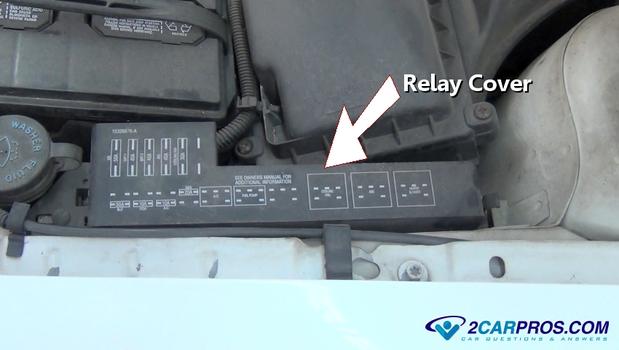
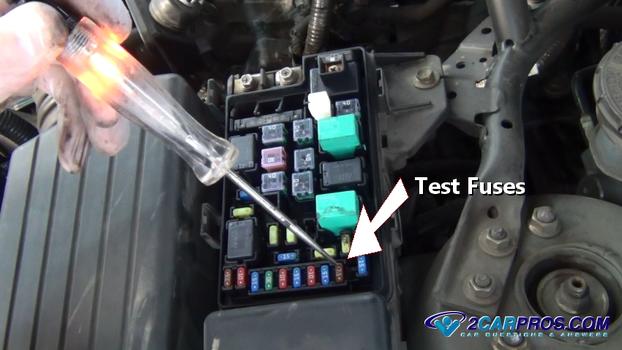
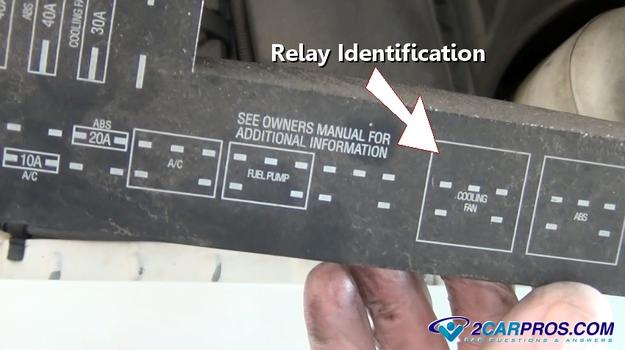
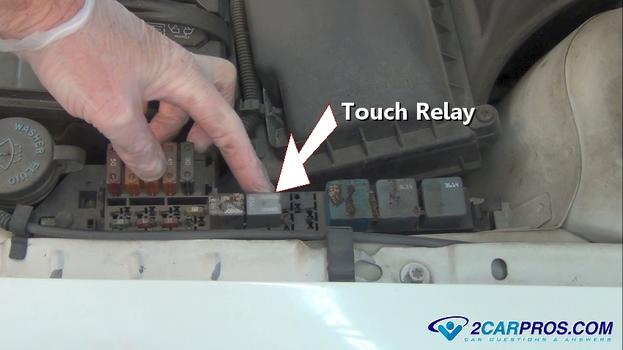
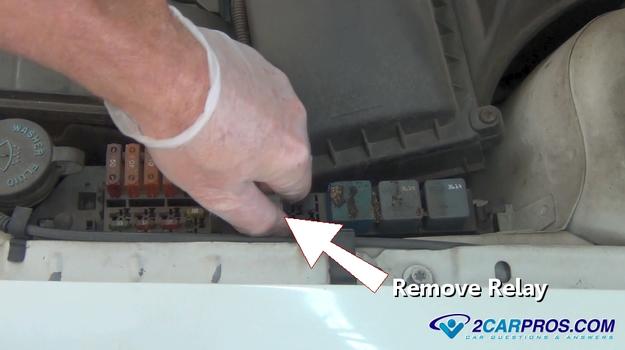

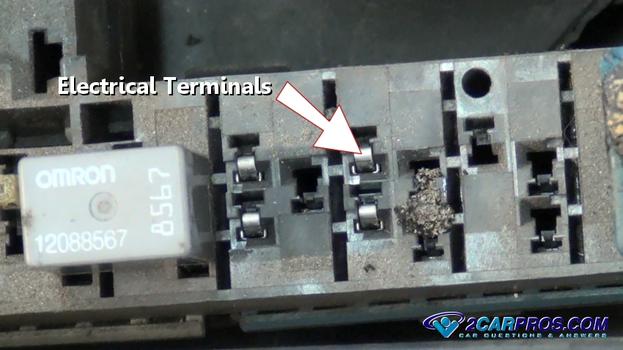
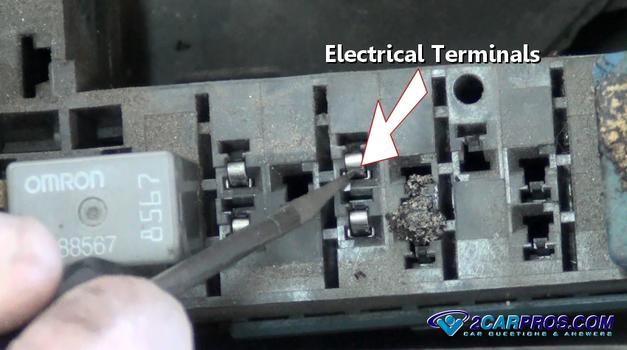
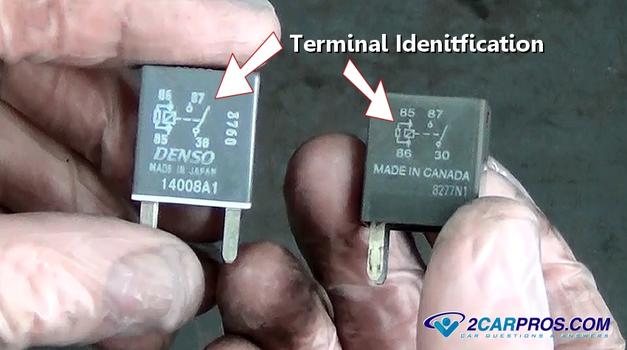
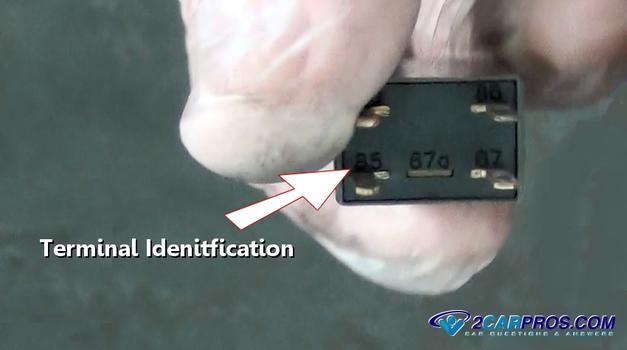
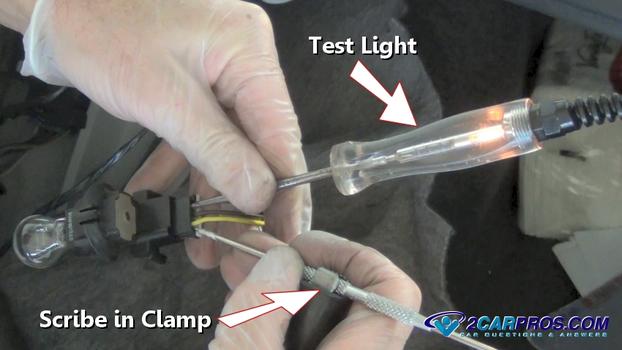
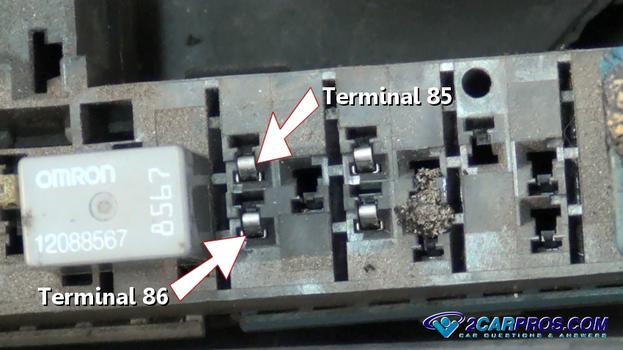
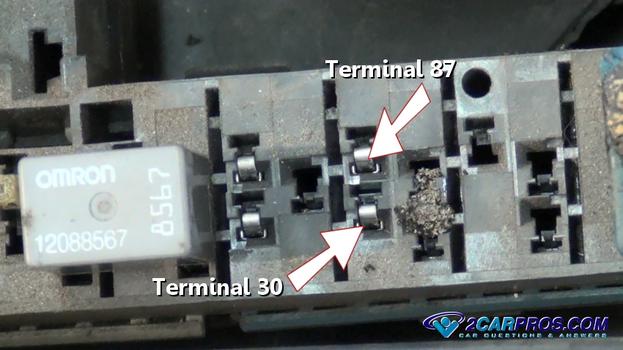
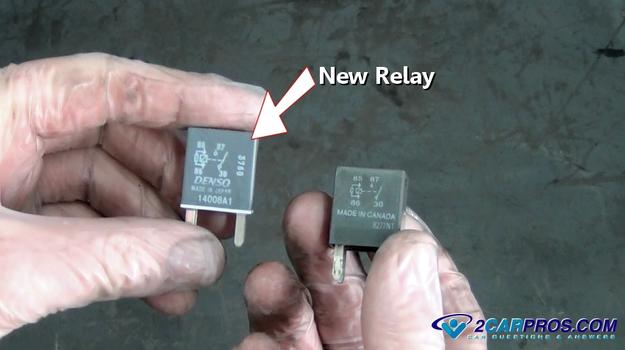
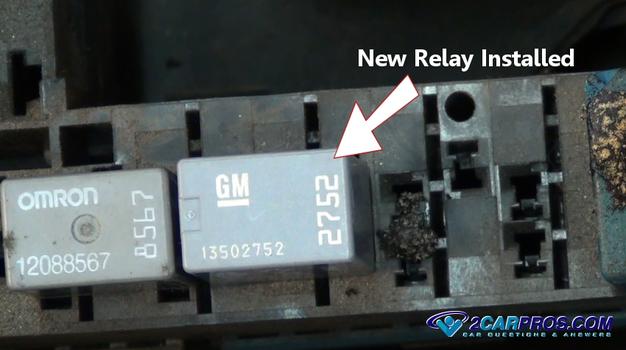
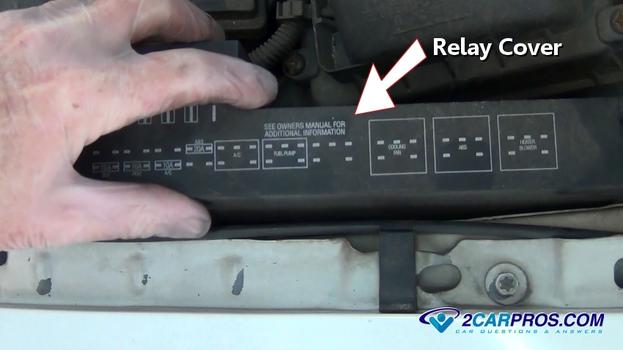
Additional Testing
Intermitted Failure
Helpful Information
Tools and Supplies Needed
Source: https://www.2carpros.com/articles/how-to-check-an-electrical-relay-and-wiring-control-circuit
Posted by: robinrict1944oap.blogspot.com

0 Komentar